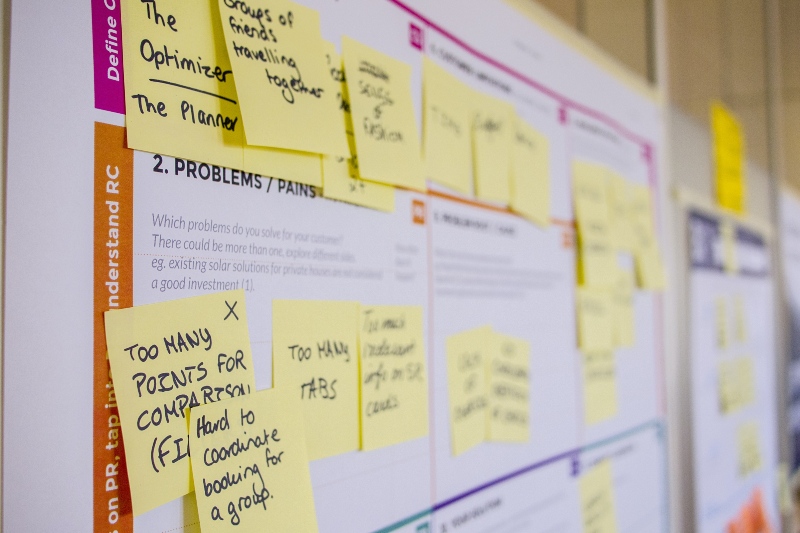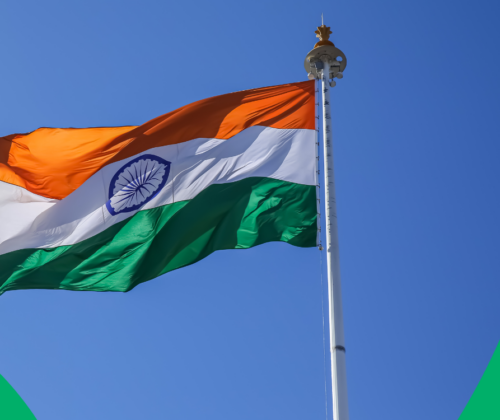Facing many uncertainties and changes, especially in the tourism industry, applying only one strategy and hoping that will be the business guidance throughout the year is no longer suitable and can lead to serious mistakes. Instead, scenario forecasting will be an important strategy for destination management organizations (DMOs) and stakeholders. This is extremely important during the post-COVID recovery phase.
Forecasting different scenarios allows us to explore multiple options to develop, and design the best possible responses. This is a forecasting method that is widely applied and implemented in the tourism industry.
In 2022, Vietnam received 3.6 million international arrivals, equivalent to 18% of nearly 19 million arrivals before the pandemic. This level is quite low compared to other Southeast Asian destinations. Typically, Thailand welcomed more than 10 million international visitors, accounting for 25% of the traffic in 2019 (40 million), or Indonesia received 4.6 million arrivals, reaching 28% of 2019 traffic (16 million), etc. However, according to the UNWTO World Tourism Barometer, the recovery rate in South East Asia improved but was still the lowest (54%) in Q1 2023. One of the main reasons the recovery was slow is due to the delay in fully reopening borders and easing COVID-related restrictions, especially in China, the top source market of many destinations, including Vietnam.
It is forecasted that Vietnam tourism in 2023 will face both opportunities and challenges. Changing zero-COVID policy and easing travel restrictions for domestic and foreign tourists in China could boost total arrivals to Asia Pacific in general and Vietnam in particular this year, and help the tourism industry recover on a larger scale. In addition, the capacity in tourism supply in the region keeps recovering, and will support increasing demand. Nevertheless, higher oil prices, inflation and the weaker global economic growth outlook will continue to affect Vietnam’s inbound market recovery.

“Vietnam Tourism Outlook 2023” report published by Outbox at the end of March also mentioned tourism recovery scenarios for businesses to take note of. To have an overview and build the 3 inbound tourism recovery scenarios, Outbox is based on the common recovery of the region and the world. Besides, we also consider other factors that can significantly affect the recovery pace, including shaping factors and adjustment factors. Shaping factors mean tourist psychology, behavior and trends. Adjustment factors include visa policy, prospects of economy, investment/tourism real estate, and domestic airfare cost. Any changes in the two groups of factors will affect Vietnam tourism market this year.
Considering all the above factors, 3 scenarios of Vietnam’s inbound tourism recovery in 2023 as follows:
Scenario #1: According to the recovery momentum of important source markets from mid and late 2022 to now, the most likely recovery prospect for international tourism to Vietnam is 40% of the pre-pandemic level, equivalent to 7.2 million arrivals.
Scenario #2: The most positive scenario is when the recovery speed of the markets reaches the optimal level will bring Vietnam’s international tourism to 10 million arrivals, equivalent to 60% of the 2019 level.
Scenario #3: However, in the less optimistic scenario, the uncertainty from the effects of the economic environment and the fierce race to attract back the Chinese tourist market from destinations in the region will create tremendous challenges. Due to these pressures, the recovery of international tourism in Vietnam only reached 6.3 million arrivals, which is 35% of the pre-pandemic level.
According to Outbox’s report, travelers still prefer wellness tourism and sustainability due to the huge impact of the pandemic. They expect to receive experiences and values worth the money spent, as well as consider the cost of trips due to the economic difficulties. Factors such as rising airfares or inflation,… can all contribute to a decrease in travel sentiment and willingness to pay for travel, and vice versa. Travelers are the end-users of tourism products/services. So everything that affects their psychology and behavior will more or less affect the tourism industry.
2024 is supposed to be the final year of recovery. This is also forecasted to be the time when many new variables affect the recovery rate of inbound tourism in Vietnam. Businesses and destinations need to be ready now, proactively change and approach as well as be flexible with targets and strategies depending on scenarios or market. For each scenario forecasted, businesses and tourist destinations need to come up with corresponding action plans. As a result, they can react quickly and better adapt to any foreseen circumstances. It’s because both the market and travelers are constantly changing due to many different factors.
The strategic change and proactive approach to visitors must come from the synchronous efforts of not only one person, or one organization, but all industry insiders must strive together to improve and develop. Thereby, we will be able to accelerate the recovery, and then boost the industry more than before the pandemic.





